What is a solenoid? The solenoid is an actuator that creates electromagnetism by being charged with electricity. As we all know, a solenoid is consist of an iron core and solenoid coil. Solenoid coil refers to the wires wrap around the core tube. To increase the magnetic force, put iron core into core tube, and make solenoid powered, that’s how the solenoid works. The solenoid is usually made into strip shape or horseshoe shape, which is more magnetized. Besides, for degaussing the solenoid quickly, the solenoid is made of soft iron or silicon steel. So that magnetism can be handled by the on-off. If the solenoid is made of steel, or once steel is magnetized, it will keep magnetism, the solenoid cannot be controlled by the current, the advantages of the solenoid will disappear.
The solenoid has wide applications in our daily life, it can be applied into solenoid pneumatic control valve, solenoid operated the hydraulic valve, and etc. With the development of solenoid, the generator power also has great improvement.
How does a solenoid work?
When the iron core is applied to the solenoid coil, the iron core is magnetized by the magnetic field of the solenoid coil. After magnetization, the iron core becomes a magnetic field, two magnetic fields will increase the magnetism of the solenoid. In addition to, the solenoid cannot be made of steel, or once steel is magnetized, the magnetism cannot be controlled by the current, the advantages of the solenoid will disappear.
The solenoid is the impermanent magnet, it is easy to start or end the magnetism. For example, on-off solenoid valve or lifting electromagnet.
In general, the magnetic field of the solenoid is related to the current, coil turns and the iron core inside solenoid. So that, in the process of the solenoid design, we should focus on the winding distribution and iron core selection, and use the size of current to control the magnetic field. Due to the coil resistance, the size of the magnetic field is limited, with the discovery and application of superconductor, the limitation has chance to overcome.
Make a solenoid at home
Here are the specific steps of making a solenoid at home.
1. You’ll need materials as below:
- A miniature transformer with E-type iron chip (note: F-type iron chip is useless);
- Tools: a pair of pliers, a normal screwdriver;
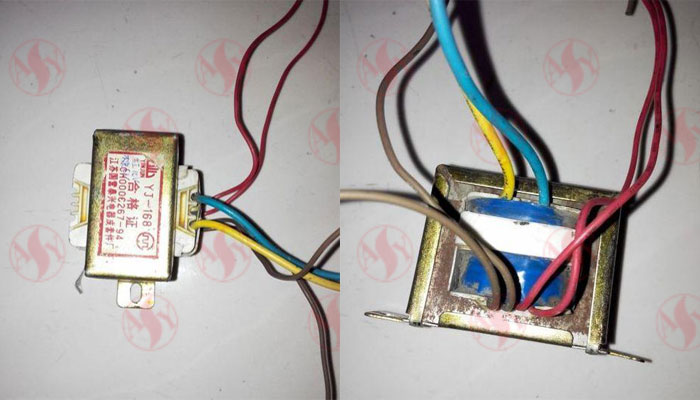

2. Split transformer
Find a transformer (it’s easy to be found in many electric appliances.) and split it. Split the first iron chip slowly with a pair of plier and a normal screwdriver, and then, you can take the chip a little hard.
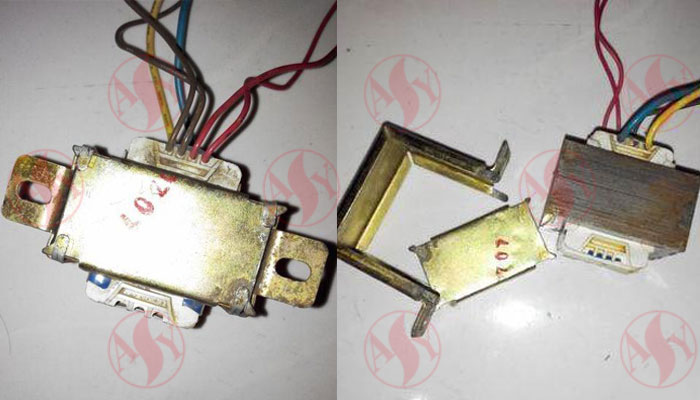
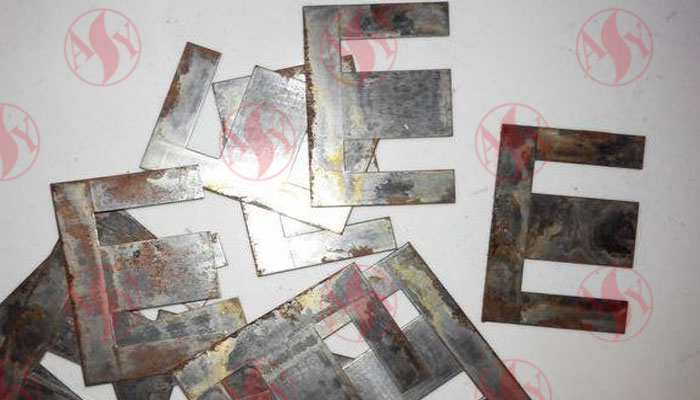
3. Choose the coil
After dismantling, you can find the transformer has two coils, one has thin enameled wire, and another one has thick enameled wire. Choose the thinner one.
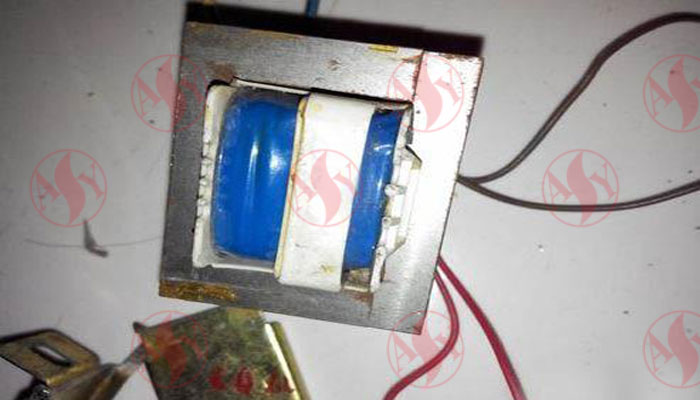
4. Check the voltage
Next, we should take the voltage into consideration. If the input voltage of the transformer is 220V, the output voltage is 12V, and you choose the coil with thinner enameled wire, so the voltage of your coil is 220V. But, if you choose the coil with thicker enameled wire, the voltage of your coil is 12V. In fact, here is just a reference, you should choose relative voltage according to the parameter of the transformer.
5. Assemble the transformer
Reinstall the transformer, notice that reinstallation is not just like before, you should put protruding edges on the same side, instead of cross stacking like before.
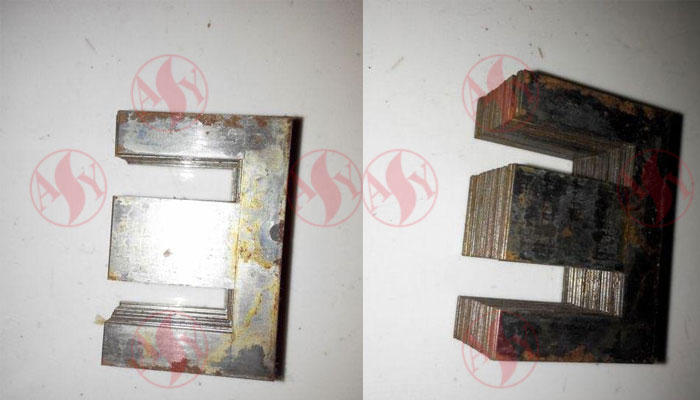
Finally, put the coil on the iron chips. Until this step, your solenoid is complete.
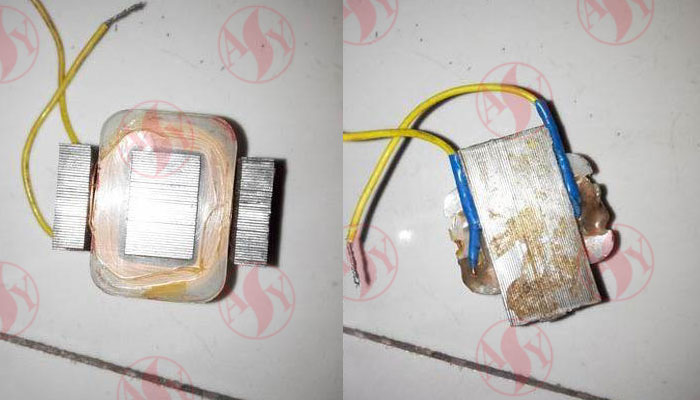
This is the whole guide on how to make a solenoid at home. The materials and tools of this guide can be obtained easily. As for the electromagnetic force of the solenoid, which is decided by the current and coil turns. The bigger current, the bigger electromagnetic force; the more coil turns, the bigger electromagnetic force.
